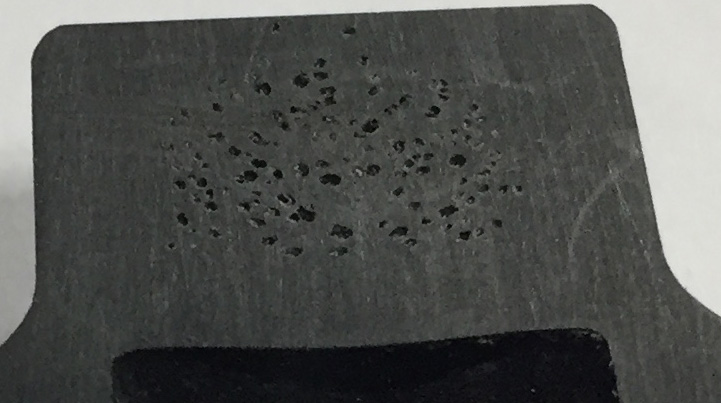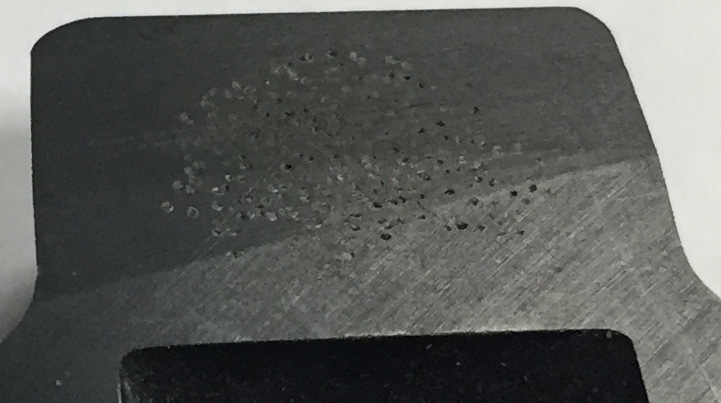Common issues in producing components in Thermoplastics are known as Porosity and Voids. These issues are characterized by small bubbles or pockets found in thicker sections of molded thermoplastic parts.
Bubbles
in Your Molded Plastic Parts?
Curiosity about Porosity?
Porosity or Voids and how to fix them.
Generally, small bubbles are called Porosity and larger bubbles or pockets are called Voids. Porosity or voids are often caused by the combination of two things:
1 – Shrinkage in Thermoplastics
2 – A frozen gate or wall.
Thermoplastics expand significantly during plasticizing and heating of the material. Once the material is injected into the mold cavity, it begins to cool and shrink. This shrinkage can cause voids or porosity to form in the middle of the wall thickness, as the material shrinks towards the mold wall that is causing the cooling. The polymer chains that stretched out to promote flow are now compressing on themselves taking up less space. If the gate or wall that is feeding the thicker section is frozen and thus no longer delivering molten material, the void or porosity can no longer be filled in and thus stays when the part is fully cooled.
The fix to eliminate Porosity is to continue to deliver material to the thicker section that is to contain Porosity. The effectiveness of this approach depends on gating and part design. It is easier to fix porosity in a thicker section of the part that is closer to the gate than farther away because that section of the part will be molten for longer if it’s closer to the gate. The key factor is keeping the portion of the part that feeds the thicker section molten for longer. The longer the feed portion is molten, the more material you can deliver to the thick section.
Click to enlarge.



